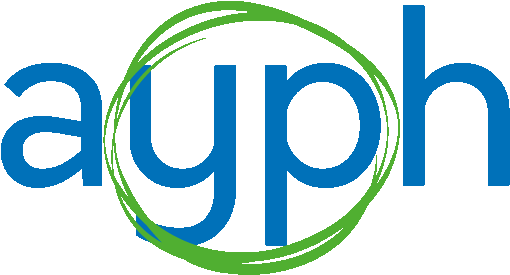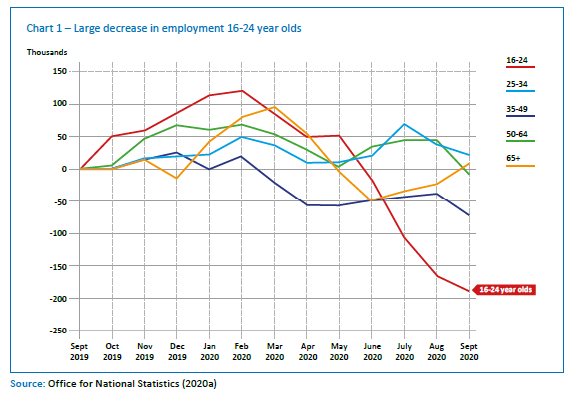Recognising the tyranny of the mean, worrying about the exacerbation of health inequalities, and watching out for the slow-burn effects: what we learned from summarising the evidence on the impact of Covid-19 on young people. AYPH’s Research Lead, Ann Hagell, takes us through some of the main messages from our latest research briefing
Children and young people have been less affected than other age groups by coronavirus infection itself, but there is considerable concern that they may suffer more than other age groups from some of the ‘corollary damage’ of the lockdowns and disruption. We took a look at what the emerging evidence was telling us by early 2021.
Three themes stood out for us. The first relates to the importance of looking beyond the average impacts on the age group as a whole. This is sometimes called the ‘tyranny of the mean’. In some cases – such as with wellbeing and mental health – the overall pattern for all young people is not very clear. This is confusing, as we’re hearing so much about negative impacts on mental health from practitioners, families and young people themselves. But what seems to be happening is that while some groups are doing OK, others are very much not. A considerable amount of variation in impact sits below the ‘average’ effects for children and young people as whole. In particular, young people already facing challenges in their lives (such as those living in poverty, living with a disability or in challenging family situations) seem likely to have been hardest hit.
The second theme relates to the ways in which the pandemic is making pre-existing inequalities worse. We are concerned that this is particularly an issue for our age group of young people aged between 10 and 24, compared to other ages. The reasons for this centre on the disproportionately negative impacts on education and youth-friendly employment sectors, and the financial hit taken by families.
Third, we have a particular concern about the ‘slow burn’ impacts of these education and financial disruptions. It is important to look at a broader range of outcomes than those in scope at the moment, and to take a longer perspective. There’s a danger that there will be cumulative impacts on some young people that affect, for example, their employment trajectories.
Lots of young people are going to need help in the months and years ahead. There is not one programme or intervention that is going to be the “quick fix”. However, we can start to put a range of mitigating actions in place now. We already know that we need targeted policies and services for the most vulnerable youth populations, including young people not in employment, education or training (NEETs); young migrants; homeless youth; and young women, adolescents and children facing increased risks of domestic violence. We already know a lot about what works. Getting up a head of steam around this is critical as we start to come out of the crisis part of the pandemic.
Read the research briefing here.


